Nagano Complete Guide: Things to Do and How to Get There From Tokyo

Nagano is the perfect place to go to experience Japan's great outdoors year-round, including winter sports. Learn about how to get there, 25 of the best spots to visit, ski resort information, and other useful information on traveling in this gorgeous prefecture accessible from Tokyo and Osaka.
Travel in Nagano - Destinations, Ski Resorts, and Tips

The prefecture of Nagano became a popular travel destination after it hosted the 1998 Winter Olympics. One particularly popular tourist spot of Nagano is the Jigokudani Monkey Park, where visitors can see monkeys taking dips in the hot springs.
If you like Japanese history or architecture Matsumoto Castle and Ueda Castle are not to be missed. A popular holiday getaway we recommend is Karuizawa filled with resorts, hotels, museums, and other places that allow you to experience Japanese culture.
This article introduces the must-go destinations in Nagano, various ski and winter sports resorts, local food, and many other helpful travel tips.
Find accommodation in Nagano on Booking.com
Nagano Travel Tips for 2023
Nagano Area Guide
25 Places You Should See in Nagano
1. Matsumoto Castle
2. Zenkoji Temple
3. Hakuba Village
4. Happo-one Nature Study Course
5. Tsugaike Nature Park
6. Kagami Pond
7. Togakushi Shrine
8. Daio Wasabi Farm (Japanese Horseradish Farm)
9. Lake Shirakaba
10. Ikushima Tarushima Shrine
11. Shinano Kokubunji Temple
12. Ueda Castle
13. Bessho Onsen
14. The Stone Church (Ishi no Kyoukai)
15. Karuizawa Picturebook Museum
16. Nozawa Onsen
17. Jigokudani Monkey Park
18. Lake Suwa
19. Takato Castle Park
20. Komagatake Ropeway
21. Kamikochi
22. Okuhida Onsen Town
23. Goshikinoyu
24. Mt. Sannosawa
25. Kisoji
More to experience in Nagano
- Top 10 Nagano Ski Resorts
- Dining and Buying Souvenirs in Nagano
- Nagano Hotels, Weather and What To Wear
- Traveling Around Nagano
- How to Get to Nagano
Nagano's Main Areas
Nagano (Nagano/Iiyama) Area
The representative tourist destinations of Nagano and Iiyama are the Buddhist temples Zenkoji and Togakushi. The area surrounding Togakushi is well-known as a great location for viewing autumn foliage. For those looking to relax, Nozawa Onsen is a hot spring which gets 100% of its hot water supply from natural springs.
Ueda/Saku/Karuizawa Area
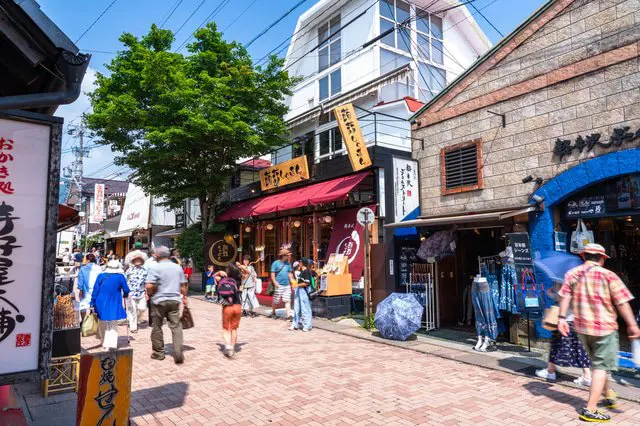
Ueda, Saku and Karuizawa are cities located in eastern Nagano Prefecture.
They are home to various sightseeing spots including historical landmarks, hot springs, and art spots. Notable examples are Ueda Castle, which appeared in the NHK period drama "Sanadamaru," as well as the Bessho Onsen and the Utsukushigahara Open-Air Museum.
Suwa/Ida (Ina/Chino/Komagane/Ida) Area

Nagano Prefecture’s southern region is home to the natural beauty of the Kirigamine plateau and Lake Shirakaba, as well as the famous Suwa Grand Shrine and the allegedly impregnable Takashima Castle. You don't want to miss out on the southern region when visiting Nagano!
Matsumoto (Matsumoto/Shiojiri/Omachi) Area

The western area of Nagano Prefecture is rich with picturesque scenery, sites like Kamikochi, Yarigatake, and Lake Suwa are all beautiful. If you want a superb view of the Japanese alps, we recommend visiting the Matsumoto area.
If you’re looking for more things to see, Matsumoto is also where you will find the symbol of Nagano, Matsumoto Castle, as well as the small galleries of Azumino, the scenic views from Hakuba, and the Takatojoshi Park.
25 Places You Should See in Nagano
1. Matsumoto Castle
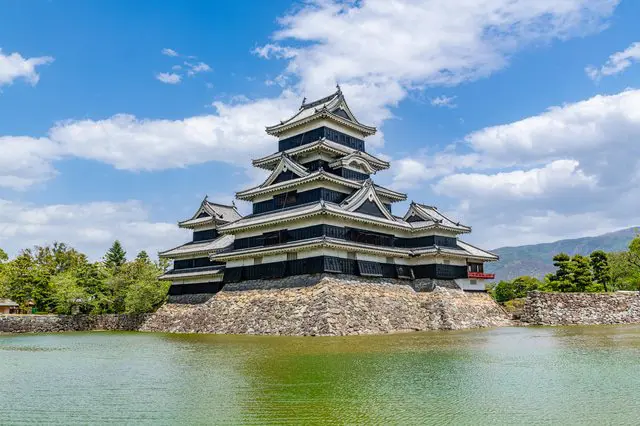
Designated a national treasure, Matsumoto Castle is famous for its magnificent keep tower, as well as for its jet-black exterior which brought it the nickname of "Crow Castle." The sight of the castle against the northern Alps filling the background in the distance makes for an ideal photo opportunity.
Matsumoto Castle can be visited all around the year, except for three days before New Year's, between 8:30 AM and 5:00 PM. (Admission costs 610 yen.)
Address: Nagano, Matsumoto, Marunouchi 4-1
Homepage: http://www.matsumoto-castle.jp/about
Hotels near Matsumoto Castle
2. Zenkoji Temple
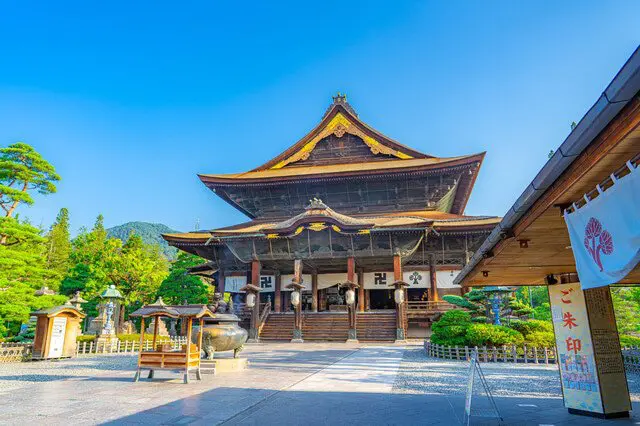
This non-sectarian temple in Motoyoshi-cho was built during the 7th century, and was a pillar of faith for both the masses and the ruling samurai class.
Zenkoji Temple is famous for having been one of the bases of operations for Uesugi Kenshin during his battles against Takeda Shingen, during Japan's Warring States period (Sengoku era).
Nowadays, restaurants and souvenir shops can be found down the Zenkoji Omotesando street, as well as the passageways to the temple. After paying your respects at the temple, how about taking a leisurely stroll in this area?
For an in-depth experience at Zenkoji Temple and its surrounding areas, taking a guided tour could be fun! This one day tour includes a visit to the the temple, viewing the monkeys at Jigokudani Monkey Park, and some sake tastings.
Address: Nagano, Nagano City, Motoyoshi-cho 491
Homepage: http://www.zenkoji.jp/
Hotels near Zenko-ji Temple
3. Hakuba Village

Hakuba Village, located at the foot of Mt. Hakuba, is the perfect destination for people who love mountain sports like climbing and skiing. Hakuba served as a ski venue during the Nagano Winter Olympics back in 1998, and its Happo-one Ski Resort is the largest and oldest in Hakuba. Challenge yourself to some paddle boating, hot air balloon riding, or some rafting! You can also visit the Hakuba Art Museum, which has a collection of Japanese iris art prints.
Address: Nagano, Kita Azumi, Hakuba Village
Homepage: http://www.vill.hakuba.nagano.jp/
Hotels near White Horse Village
Hakuba Stay - Spend the Night Under Nagano's Starry Sky
Camping is another great activity to enjoy in the Hakuba area. For those looking to enjoy luxurious camping in the great outdoors, trying a glamping experience complete with marshmallow roasting and a concierge service, is highly recommended.
4. Happo-one Nature Study Course
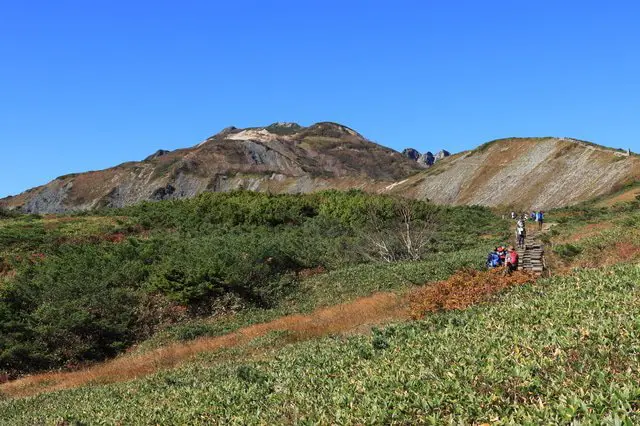
The Happo-one Nature Study Course is a popular hiking trail in the Hakuba area. Hikers can enjoy the picturesque landscape of the northern Alps while checking out the rare mountain vegetation along their hike.
Address: Nagano, Hakuba Village, Kitajo Happo
Homepage: https://www.nsd-hakuba.jp/green/happo/kenkyu.html
Hotels near Bafang Pond
5. Tsugaike Nature Park
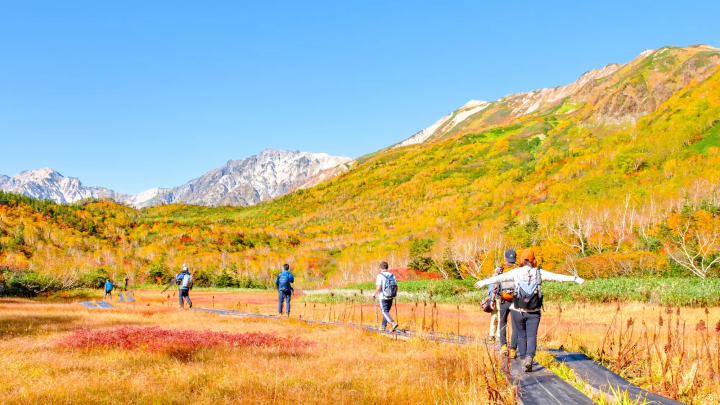
Pictures courtesy of pixta
Tsugaike is a beautiful nature park with high-elevation marshlands. With over five and a half kilometers of paths to walk, visitors are able to stroll around and admire Hakuba’s mountainous scenery and the unique vegetation that grows in this high altitude.
Address: Nagano, Kita Azumi, Otarimura Chikuniotsu
Homepage: http://sizenen.otarimura.com/
6. Kagami Pond
Kagami Pond is a pond surrounded by the Togakushi mountains. The pond’s mirror-like surface reflects the ring of mountains, creating a must-see spectacle!
Visit during the spring or summer to see a fresh green reflection, but absolutely visit during autumn to see the brilliant fall colors reflecting off the water!
Address: Nagano, Nagano City, Togakushi
7. Togakushi Shrine
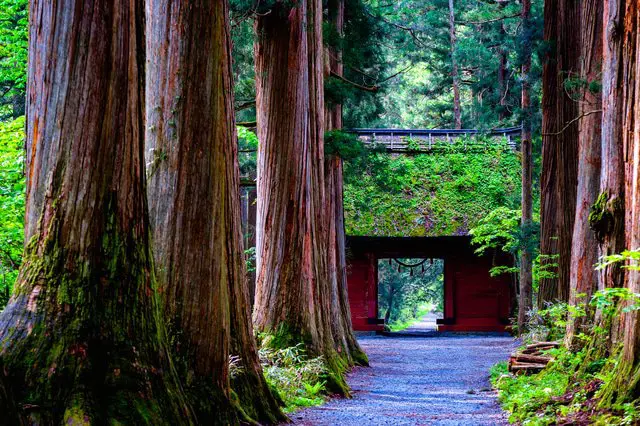
A shrine with over two millennia of history, Togakushi Shrine once prospered as a place for priests to pursue knowledge. A few of the highlights of Togakushi Shrine include a holy tree which is over 700 years old, a rear shrine that venerates Ame-no-Tajikarao-no-Mikoto, the Japanese god of legend; and the Kuzuryu Shrine, where the god of good harvests and cavities, Kuzuryu-Okami, is deified.
Address: Nagano, Nagano, Togakushi 3506
Homepage: http://www.togakushi-jinja.jp/
8. Daio Wasabi Farm (Japanese Horseradish Farm)
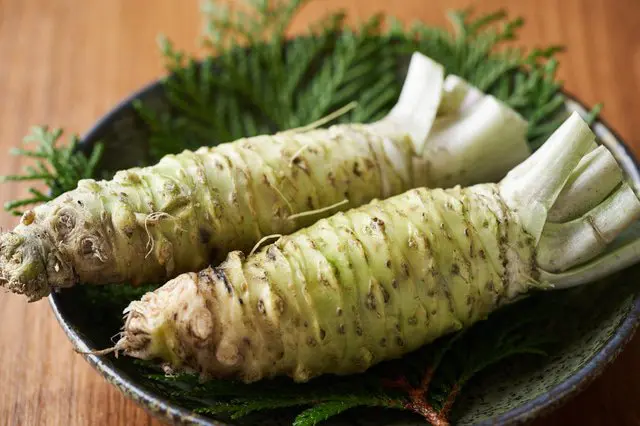
Established in 1917, visitors to Daio Wasabi Farm can visit their wasabi fields and can even try pickling some fresh wasabi for themselves. Another popular activity is rafting on a inflatable boat through the Tadegawa River which flows through the farm grounds. The farm also has a menu with plenty of food items which are exclusive to the farm, such as wasabi-don, real wasabi soft serve ice cream, wasabi croquettes, and more.
Address: Nagano, Azumino Shihodaka 1692
Homepage: http://www.daiowasabi.co.jp/
9. Lake Shirakaba

Lake Shirakaba is an artificial lake on Tateshina plateau, an area filled with beautiful Shirakaba trees. The lake is in Mt. Yatsugatake Quasi-National Park, where visitors can enjoy various outdoor activities like canoeing, paragliding, and more.
Homepage: Nagano, Chino, Kitayama, Lake Shirakaba 3419−3
10. Ikushima Tarushima Shrine

The Ikushima Tarushima Shrine venerates two gods: Ikushima-no-Okami, the god of birth, and Tarushima-no-Okami, the god of satisfaction. The shrine’s main sanctuary, built atop a small island floating in a lake, is notable for its superb architecture, even within Japan.
Address: Nagano, Ueda, Shimono, Naka-ikenishi 701
Homepage: https://www.ikushimatarushima.com/
11. Shinano Kokubunji Temple
Shinano Kokubunji Temple is a Tendai Buddhist temple in the Kokubun area of Ueda City. Its must-see attractions include the main temple building (Yakushi-do), the pagoda, the bell tower, the Kanon-do Hall and Daikokuten-do Hall. The three-story pagoda has been designated as an important cultural property by the national government.
Address: Nagano, Ueda City, Kokubun 1049
Homepage: http://www.avis.ne.jp/~kokubunj/
Hotels near Shinano Kokubunji
12. Ueda Castle
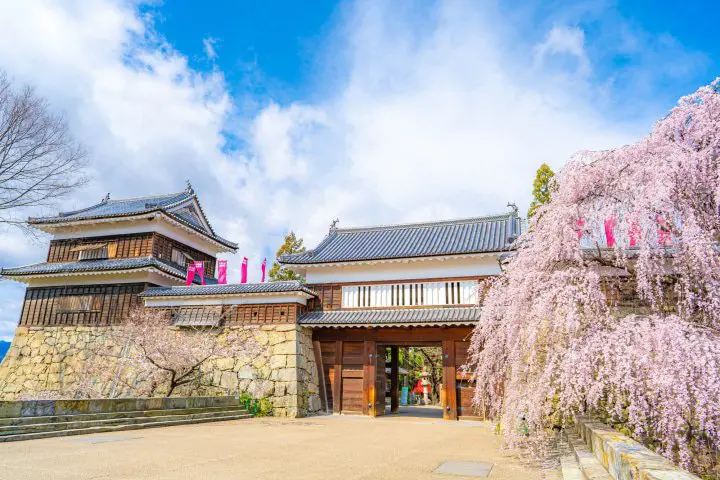
Ueda Castle has become the focus of renewed attention thanks to the NHK historical drama "Sanadamaru." Nobushige Sanada, the show’s protagonist, played a large role in the history of Ueda Castle, which was built in 1583 by his father Masayuki. In 1600, the Sanada Clan went to war with the Tokugawa Clan and were defeated at the Battle of Sekigahara. Their castle was also badly damaged as a result, unable to hold onto its former glory.
In 1626, the new lord of Ueda Castle, Hidehisa Sengoku, launched a project to rebuild the castle. The modern Ueda Castle that currently exists is a segment of the reconstructed castle, which served as a battleground for conflicts with the architect of the Edo period - Ieyasu Tokugawa - and also suffered damage wreaked by earthquakes and floods. Ueda castle is an integral part of Japanese history and is a must-see for visitors interested in the country's history.
Address: Nagano, Ueda, Ninomaru 6263-I
Homepage: http://www.ueda-cb.gr.jp/uedajo/index.html
13. Bessho Onsen

Bessho Onsen's 100% natural hot spring resorts are said to be the oldest in the Shinshu area, the traditional name of Nagano Prefecture. There are also museums and temples in the vicinity, making it a great destination for a two-day getaway. While most of the hot springs here feature indoor installations for inn guests, there are also three outdoor baths which you can use even if you are not staying at an inn, all of which just cost 150 yen for admission. There are also two other hot springs which have free admission.
Address: Nagano, Ueda, Bessho Onsen 1853-3
Homepage: http://www.bessho-spa.jp/
Hotels near Bessho Onsen Station
14.The Stone Church (Ishi no Kyoukai)
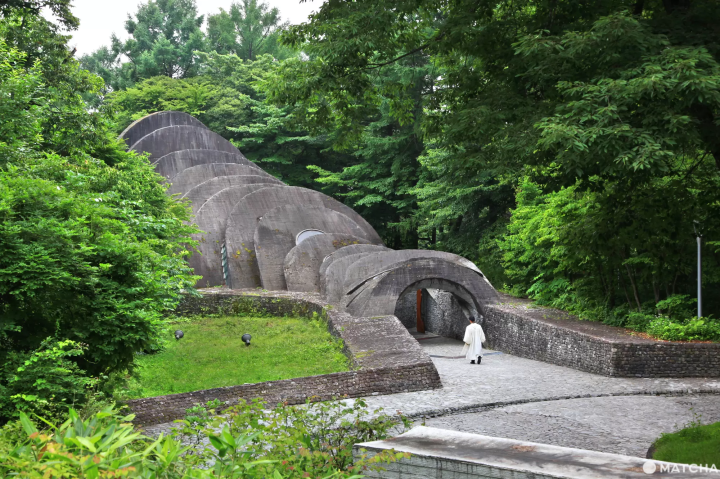
Pictures courtesy of pixta
The Stone Church was designed by American architect Kendrick Bangs Kellogg, taking inspiration from the nature of Karuizawa.
It is a fusion of stone, light, water, greenery and wood, which attracts so many people. Some come here for their weddings.
The entire church is made of large arcs of stone and glass. Depending on the time of day, the sun illuminates the building, creating a different look.
Address: Nagano, Karuizawa-cho, Hoshino
Access: 5 minutes by taxi from Naka Karuizawa station, 15 minutes by taxi from Karuizawa station
15. Karuizawa Picturebook Museum

Pictures courtesy of pixta
Karuizawa Picturebook Museum exhibits original picture book illustrations and documents by modern or contemporary authors.
"The Peter Rabbit™ Secret Room" is a permanent exhibition that gives visitors a peek behind the scenes of Peter Rabbit™.
The museum also has a Picture Book Library with over 1,800 picture books, mainly from Western countries, for adults and children to enjoy.
Address: Nagano, Kitasaku-gun, Karuzawa-cho, Nagakura 182
Access: 10 minutes by taxi from Karuizawa station
16. Nozawa Onsen
Nozawa Onsen in Nozawa Onsen Town has 13 different open-air baths available to the public, which locals make use of daily. While admission is free, there are donation boxes at each one of the baths, so drop in some coins according to how satisfied you were. Make sure to learn about proper bathing etiquette when using the hot springs.
Address: Nagano, Shimotakai, Nozawa Onsen Town
Homepage: http://nozawakanko.jp/
17. Jigokudani Monkey Park
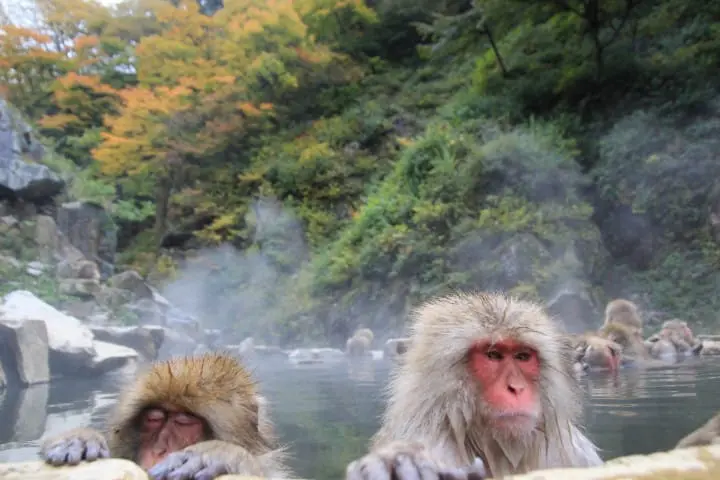
Jigokudani Monkey Park is a park that protects wild Japanese monkeys and keeps them under observation. Come visit during the wintertime for the main attraction, where you can see the monkeys of the park taking dips in the hot springs!
Address: Nagano, Shimotakaido, Yamanouchi-machi, Hirao 6845
Homepage: http://jigokudani-yaenkoen.co.jp/
Hotels near Jigokudani Wild Monkey Park
18. Lake Suwa
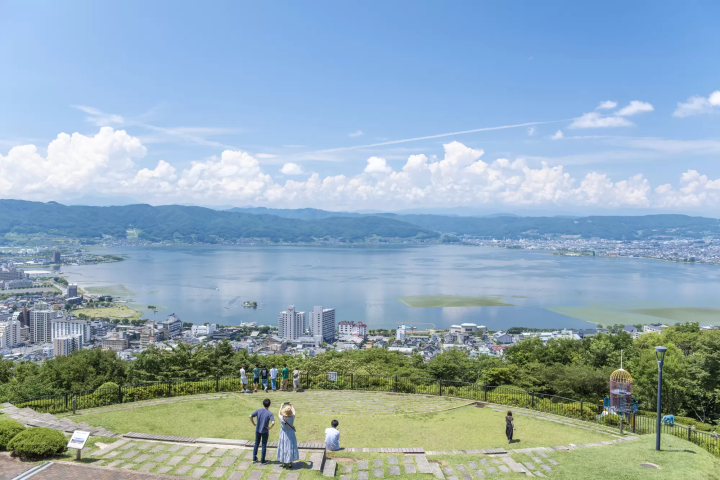
Pictures courtesy of pixta
Lake Suwa borders the territories of Okaya City, Suwa City, and Shimosuwa Town. Whooper swans and tundra swans are a few of the native birds that inhabit this lush habitat, which is also home to various species of fish and shellfish. You can also take a pleasure cruise around the lake.
Learn more about the various activities you can enjoy during different seasons around Lake Suwa:
19. Takato Castle Park
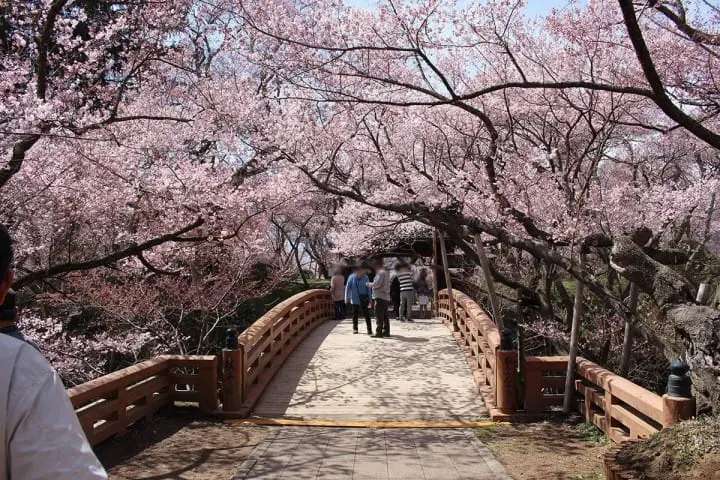
Takato Castle Park consists of the Takato Castle and the area surrounding the castle. The castle grounds are home to 1500 higan cherry trees, a unique breed of sakura. Crowds of people come to see these trees blossoming during the annual sakura cherry blossom festival.
Address: Nagano, Ina, Takato, Higashi-Takato
Homepage: http://inashi-kankoukyoukai.jp/contents/archives/26702
20. Komagatake Ropeway

The Komagatake Ropeway connects Miyada Village in Kami-ina District with Komagane City. The ride on the ropeway takes about seven minutes and 30 seconds, and is a straight shot for more than two kilometers over the mountain trails. From the windows of the car, you can get a spectacular view of Mt. Fuji, the southern Alps, Mt. Mitake, Mt. Norikura, and the northern Alps.
Address: Nagano, Komagane, Ako 759-489
Homepage: https://www.chuo-alps.com/
21. Kamikochi
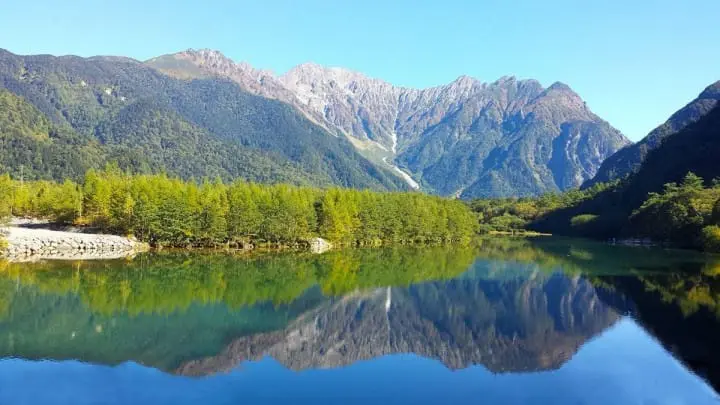
Designated as a national cultural property back in 1952, Japanese people are well-acquainted with Kamikochi's deep mountain resort, which is said to have been on the ocean floor around 300 million years ago. Eons of mountain activity and river erosion have formed the mysterious natural beauty of the area, which is also known as the “Descent of Gods,” a homonym for the name Kamikochi in Japanese kanji.
Address: Nagano, Matsumoto, Azumi Kamikochi
Homepage: http://www.kamikochi.or.jp/
For more information about Kamikochi, check out our Kamikochi article.
22. Okuhida Onsen Town
Okuhida Onsen Town has nearly 20 hot spring facilities, including the Shin-Hotaka Onsen with river-sourced springs, and Hirayu-no-Mori with 16 open-air baths on a 50,000 square-meter plot of land. The Shin-Hotaka Ropeway and the Hida Grotto, two tourist spots, are located close by.
Address: Gifu, Takayama, Okuhida Onsen-go
Homepage: http://www.okuhida.or.jp/
23. Goshikinoyu
Depending on the climate and time of year, the hot spring waters at Goshiki Onsen can be either clear, white, blue, green, or grey, which is how the onsen got its name Goshiki (five-color). The feeling of soaking in an open-air bath as you gaze up at the beauty of the Shinshu mountains is nothing short of spectacular.
Address: Nagano, Kamitakai, Takayama, Okuyamada, Goshiki Onsen
Homepage: https://goshikinoyu.nagano.jp/
24. Mt. Sannosawa
On Mt. Sannosawa you'll find that many unique plants and other vegetation, such as Edelweiss flowers, thrive in the high-altitude environment of this mountain. From the summit, you can get a view of several mountains in the area including Mt. Kisogoma, Mt. Utsugi, Mt. Norikura, and Mt. Ontake.
Address: Nagano, Kiso, Agematsu-machi, Okuwamura
25. Kisoji
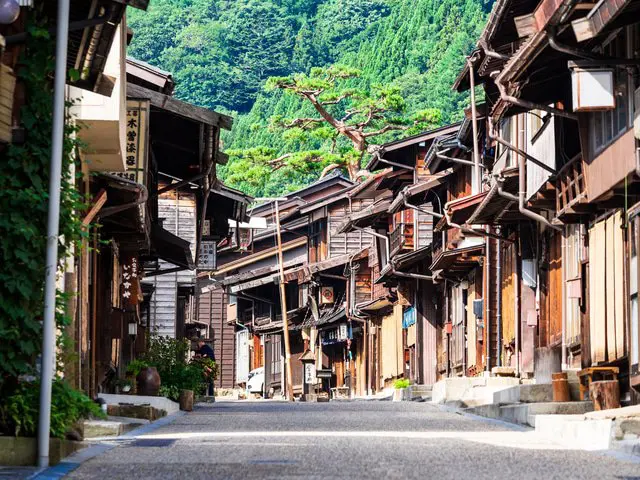
During the Edo period of Japan, Nagano’s Kisoji road was a key route connecting old Edo (now Tokyo) with the city of Kyoto. The inns and tea houses lining the road lifted the spirits of tired travelers. Even in modern times, some of the buildings retain their classic appearance, creating a doorway back in time.
Address: Nagano, Kiso, Kiso-cho
Homepage: http://www.kisoji.com/
Top 10 Ski Resorts in Nagano

If you’re visiting in Nagano in the winter, you’re going to want to hit the slopes! We’ll introduce the best area snowy spots for skiers and snowboarders.
1. Nozawa Onsen Ski Resort
This ski resort features 100% natural snow, and the Hikage main slope is fully equipped with amenities, including a ski school, ski center, nursery, kids’ park, and more. During the season, there is a free shuttle which goes from the village to the ski resort. After you are finished with your ski runs, a long soak in one of Nozawa Onsen’s hot springs is the perfect way to relax and wind down.
Address: Nagano, Shimotakai, Nozawa Onsen Town, Toyosato 7653
Homepage: https://en.nozawaski.com/
Ski Season: Late Nov. to early May
2. Kurohime Plateau Snow Park
Featuring all natural snow, this park’s 11 courses feature a plethora of variations, making them excellent for skiing. During the offseason, the ski slopes transform into a flower park, with cosmos, dahlias, and more flowers in full bloom.
Address: Nagano, Kamiminochi, Shinano-machi, Nojiri 3807
Ski Season: December 21 to March
Homepage: http://www.kurohime-kogen.co.jp/
3. Togakushi Ski Resort
The appeal of this ski resort is the grand sight of the Togakushi mountains in the background as you race down the slopes. The ski resort is also fully equipped with a nursery, nap areas, changing rooms, break spaces, and a kids’ park, making it great for a family ski getaway!
Address: Nagano, Nagano City, Togakushi3682
Homepage: http://www.togakusi.com/
4. Shiga Kogen Plateau
One of Nagano’s most popular ski resorts, Shiga Kogen is actually comprised of 19 different ski areas of varying sizes and is said to be one of the largest in Japan. The natural powder snow has received great reviews for its quality for skiing!
Address: Nagano, Shimotakai, Yama-no-Uchi, Shiga Kogen
Ski Season: Late Nov. to end of May
Homepage: https://shigakogen-ski.or.jp/english/
5. Tsugaike Ski Resort
While Tsugaike is relatively compact in comparison to other resorts, you can enjoy some rarer activities next to the regular ski slopes: snow biking, snowshoeing, heli-skiing, and snowboarding. This resort has 10 courses in total that you’ll be able to enjoy in the all-natural snow.
Address: Nagano, Kita-Azumi, Otari Village, Chikuniotsu
Ski Season: starts December
Homepage: https://www.tsugaike.gr.jp/snow
6. Hakuba Goryu Ski Resort
The vast Hakuba Goryu Ski Resort impressively has over 45 courses tailored to various skill levels, so that ski beginners and experts alike can fully enjoy the slopes together. There are also ski lessons taught by international instructors, with the lessons conducted in English and German.
Address: Nagano, Kita-Azumi, Hakuba Village, Kamishiro 22184−10
Ski Season: December to March
Homepage: http://www.hakubagoryu.com/
7. Hakuba Happo-one Ski Resort
Well-regarded for its long ski runs and the great quality of its snow, Hakuba Happo-one Ski Resort is one of the biggest ski resorts in Japan. Race down the slopes as you behold the beautiful mountain surroundings.
Address: Nagano, Kita-Azumi, Hakuba Village, Oazahokujo 5713
Ski Season: December to May
Homepage: http://www.happo-one.jp/
8. Fujimi Panorama Resort
Fujimi Panorama Resort is a popular resort with long courses and even offers ski and snowboard lessons. During the springtime, visitors can enjoy trekking and mountain biking in the area.
Address: Nagano, Suwa, Fujimi-machi, Fujimi 6666−703
Ski Season: December to April
Homepage: http://www.fujimipanorama.com/snow/
9. Hakuba Cortina Ski Resort
Hakuba Cortina Ski Resort’s slopes, laden with powdery natural snow, are the main attraction for the groups of tourists who come to visit. You can get an amazing view of the five mountains in Nagano’s Hokushin region, including Mt. Ushirotateyama and Mt. Myoko.
Address: Nagano, Kita-Azumi, Otari Town, Chikuniotsu 12860−1
Ski Season: December to April
Homepage: http://www.hgp.co.jp/cortina/ski/
10. Lake Shirakaba Royal Hill
Operated by the Lake Shirakaba Royal Hill Hotel, this ski resort uses man-made snow to keep the weather from influencing snow conditions. Guests can ski down the slopes from starting from early December to the end of March. The hotel is directly in front of the slopes, making it very convenient to get skiing quickly.
Address: Nagano, Chino City, Kitayama 419
Ski Season: mid-December to April
Homepage: http://www.royalhill.co.jp/
Dining in Nagano
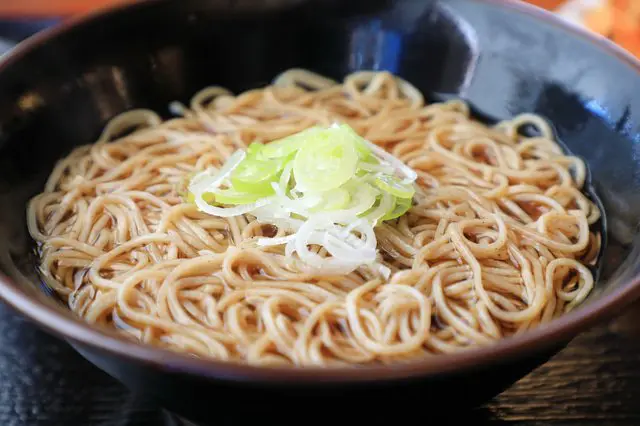
Nagano cuisine is famous for its soba (buckwheat) noodles; Shinshu soba and Togakushi soba both exist as superb examples of the natural flavor profile of soba. If you have the chance, by all means, visit Nagano’s soba towns and try out the authentic noodles for yourself. There are also cafes that serve galette cookies made using soba flour.
Horse meat is another dish with a long and fond history in Nagano. Basashi (raw horse meat) is particularly well-regarded for its tenderness and its lack of a strong odor.

Pictures courtesy of pixta
Nagano also boasts the presence of its leading Japanese wineries, such as St. Cousair, Azumino, Izutsu, Obuse, and Shinano. When visiting the wineries, you can take tours of grape vineyards and the wine factories, and also sample some of the wine of Nagano.
Nagano Souvenirs
Nagano Prefecture’s notable exports are apples and wasabi. Whole apple pies from Chikuma Seika, and wasabi chocolates and wasabi rice crackers from the Daio Wasabi Factory, are perfect and delicious souvenirs for you to pick up during your travels.
We recommend trying oyaki from Irohado, a dumpling made by wrapping soba dough around a filling such as Nozawa vegetables, wild vegetables, or anko, then grilling the dumpling. There are also exclusive seasonal varieties. Enjoy the simple taste of Japan with an oyaki.
If you want to find some more personal souvenirs, Nagano also has many hand crafted goods. Beautifully grained Nagiso wooden crafts made with lathes, elegant Kiso lacquerware, 400-year old Uchiyama paper, and the bamboo pieces made in Togakushi and Ina are all famous items that make excellent souvenirs.
Nagano Hotels, Weather, and What To Wear

Pictures courtesy of pixta
While Nagano's onsen areas like Togakushi have traditional onsen inns, getaway destination areas like Hakuba are rife with Western-style vacation villas. You can expect to pay around 10,000 yen per night to stay.

There are also several business hotels around Nagano Station where rooms start from 6,000 yen. Choose the accommodations that are right for you, depending on your budget and where you want to go.
Also, there are plenty of places to stay in the areas around various tourist destinations, but make advance reservations to avoid any unnecessary hassle.
Read also
Weather And Clothing
With its relatively high elevation and low humidity, Nagano's weather has cool summers and cold winters. Summer nights can get a bit chilly. It’s a good idea to bring a shawl or a thin outer garment.
You will absolutely need a down coat, gloves, and a hat during the cold winter months, and if you plan on going to the mountains for skiing, it would be prudent to get spiked snow boots. It is also said that snow glare can cause UV damage to the eyes, so bringing sunglasses is recommended.
If you’re visiting Nagano in winter, prepare for lots of snow and cold temperatures, and enjoy your travels!
Traveling Around Nagano Prefecture
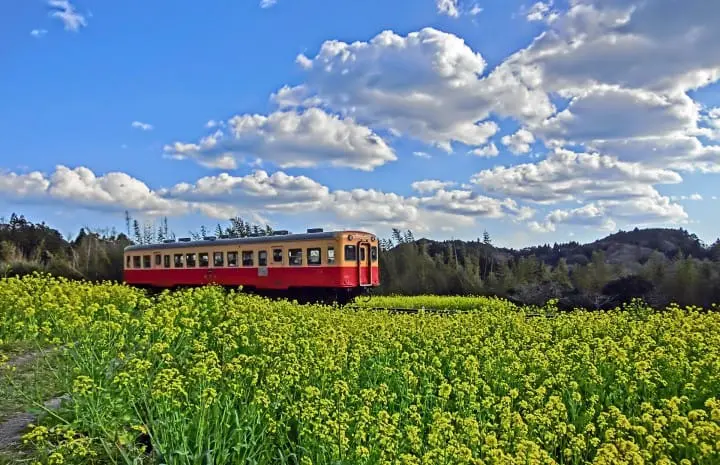
We’ll explain the transportation options for getting around Nagano Prefecture.
By Train
JR and the Nagano Electric Railway Company (Nagaden) operate routes throughout most of Nagano. However, in secluded mountain areas, particularly hot spring resorts, train access is infrequent, so renting a car is highly recommended if you want to travel leisurely your own pace.
By Bus
You can take buses from Nagano Station to visit sightseeing destinations like Zenkoji, Togakushi, the ancient Kawanagajima battlefield, and Matsushiro.
・The City Central Loop Bus, Gururin-go
This bus runs a loop of the area between Nagano Station’s Zenkoji exit to Zenkoji Temple itself and is very useful for sightseeing within Nagano City.
・The Tourism Train, Rokumon
If you’re traveling in Nagano, by all means, take a ride on Shinano Railway’s Rokumon. This enjoyable train runs the route from Karuizawa to Nagano, where Ueda and Zenkoji are located. You can appreciate the scenery while you dine on a delicious meal prepared by one of Karuizawa’s famous restaurants.
If you want to get a ticket plan with a meal included, you should make a reservation one week in advance (earliest 2 months in advance). The Japanese course and western cuisine course costs 15,800 yen each, or the light lunch plan is available from 9,800 yen. You can reserve tickets online or you can buy a ticket for the reserved seating areas at any ticket counter. If you only want a standard passenger ticket, there is a ticket counter aboard the train which you can use.
The train’s warm interior space is constructed using Nagano-harvested lumber. Enjoy a relaxing ride on the Rokumon while traveling around Nagano!
By Rental Car or Bicycle
By renting a car or bicycle, you can leisurely enjoy Nagano’s beautiful vistas. Be careful in the winter, as snow can be hazardous. Make sure you don’t forget to affix chains to your tires.
Bargain All-You-Can-Ride Passes
You can save a lot of fare money when traveling in Nagano by using the following passes.
Zenkoji & Togakushi 1-Day Ticket
This pass which costs just 2,900 yen for adults and 1,450 yen for children, allows holders unlimited rides on the bus routes operating from Nagano Station to Togakushi and Zenkoji Temple.
You can buy it at the ALPICO Kotsu Nagano Station Information Center.
https://www.alpico.co.jp/en/zenkoji-togakushi-1day-ticket/
2 Day Free Passport
For those looking to travel at a more leisure pace, a 2 Day Free Passport or 3 Day (2 Day Free Passport plus ONE) tickets are available. These tickets allow you unlimited rides between
Matsumoto, Kamikochi, Norikura, and Shirahone Onsen. The 2 day passport costs7,500 yen for adults and 3,750 yen for children and the 3 day passport costs 9,000 yen for adults and 4,500 yen for children.
https://www.alpico.co.jp/en/2day-free-passport/
4-Day Alps WIDE Free Passport
For those that really want to travel across the Nagano regions, the 4-Day Alps WIDE Free Passport is recommended. This pass allows you unlimited rides to destinations including Matsumoto, Kamikochi, Shirakawa-go, Shinhotaka, Takayama, Hida-Furukawa, Norikura, Hirayu Onsen, and Shirahone Onsen. The pass including a return ticket for the Shinhotaka Ropeway costs 13,000 yen for adults and 6,500 yen for children, between April 14 - November 15. The tickets are slightly cheaper between November 16 - April 13 costing 11,000 yen for adults and 5,500 yen for children. You can also just get a normal 4 day pass costing 11,000 yen for adults and 5,500 yen for children between April 14 - November 15 and 9,000 yen for adults and 4,500 yen for children between November 16 - April 13.
https://www.alpico.co.jp/en/alps-wide-free-passport/
*All children tickets are for children ages under 12 years of age. Children above the age of 12 will need an adult ticket.
How to Get to Nagano
The Hokuriku Shinkansen Is the Fastest Option

The quickest way to get to Nagano Station from Tokyo Station is the Hokuriku Shinkansen. If you have the JR Pass, traveling between Nagano and Tokyo, as well as many other destinations on the bullet train, will cost much less money.
The Hokuriku Shinkansen line runs from Kanazawa Station in Ishikawa Prefecture to Tokyo Station, passing through Nagano Prefecture, making it easy to access Nagano Prefecture.
The Hokuriku Shinkansen line has three kinds of trains: Kagayaki, Hakutaka, and Asama, all of which stop in Nagano Prefecture.
Kagayaki is the fastest of them, making the journey to Nagano Station in just one hour and 20 minutes from Tokyo. A reserved seat ticket costs around 8,340 yen.
Highway Buses Are a Budget-Friendly Alternative

Highway buses run from Shinjuku Station’s south exit to Nagano Station. Fares can range from 1,000 yen to 5,000 yen and generally, you can expect to pay around 3,000 yen. The trip is 3 hours and 45 minutes to 5 hours, so you can get to Nagano by lunchtime if you take a morning bus.
Highway Bus Ticket Reservations: WILLER TRAVEL>
Accommodation Reservations: Booking.com>
Get a Rental Car If You Want to Venture Off the Beaten Path

Renting a car is a great idea. The drive to Tokyo to Nagano is not far, and won’t consume much gasoline.
Assuming that you leave from Shinjuku Station and take the highway, you can get to Nagano Station in 3 hours and 20 minutes at the most. You can expect to spend an estimated 5,000 to 6,000 yen on highways; add in the cost of gas and the rental car fee, which can cost 5,000 to 8,000 yen per day. Click here to search and book a rental car.
Your itinerary will affect how you decide to spend your travel money. Enjoy a better trip by choosing the best transportation method for you.
Read also
Pictures courtesy of pixta
FAQ
Is Nagano city worth visiting?
Nagano City, the capital of Nagano Prefecture, presents a captivating mix of cultural, historical, and natural attractions that make it a destination worth exploring. At the heart of the city lies the revered Zenko-ji Temple, a cornerstone of Japanese spirituality known for its significance and architectural splendor. Visitors can delve into the region's past through historical sites such as Chokoku-ji Temple and the former Sanada Clan residence. Museums like the Nagano Prefectural Shinano Art Museum offer insights into art and history, while the city's surrounding landscapes provide opportunities for outdoor activities and scenic exploration. Food enthusiasts can indulge in local cuisine like Shinshu soba and oyaki, experiencing Nagano's culinary treasures. With its accessibility and proximity to wider prefectural attractions, Nagano City serves as a convenient and enriching base for discovering the cultural richness and scenic beauty of Nagano.
What is Nagano famous for?
Nagano Prefecture in central Japan is renowned for a compelling blend of attractions that have garnered international acclaim. Its fame stems from hosting the 1998 Winter Olympics, solidifying its reputation as a premier destination for winter sports enthusiasts with top-notch ski resorts like Hakuba and Nozawa Onsen. The iconic Jigokudani Monkey Park invites visitors to witness the famous snow monkeys lounging in natural hot springs. Nagano's cultural tapestry includes the revered Zenko-ji Temple in Nagano City and the historic Matsumoto Castle, a National Treasure known as the "Crow Castle." The prefecture's connection to the historic Nakasendo Trail offers a journey through time, passing picturesque post towns like Tsumago and Magome. Additionally, Nagano's hot spring resorts such as Shibu Onsen and Yudanaka Onsen provide tranquil retreats for relaxation in mineral-rich waters. Collectively, these facets of natural beauty, cultural significance, and sporting heritage showcase Nagano as a captivating and diverse destination in Japan.
How many days do you need in Nagano?
The optimal duration for a trip to Nagano hinges on the depth of exploration and activities planned. To cover key attractions like Zenko-ji Temple, Matsumoto Castle, Jigokudani Monkey Park, and the Japanese Alps, a 3 to 4-day itinerary is recommended. For nature enthusiasts seeking outdoor adventures in Kamikochi or winter sports in Hakuba, a 5 to 7-day stay offers ample time. Those interested in cultural immersion through visits to hot spring towns like Shibu Onsen or Nakasendo Trail exploration may find a 4 to 6-day trip more rewarding. If relaxation and leisurely exploration are priorities, a week-long stay allows for a serene experience, including onsens, local cuisine indulgence, and rural charm appreciation. Ultimately, the ideal timeframe for a Nagano trip, ranging from 3 to 7 days, caters to various interests and ensures a fulfilling exploration of the prefecture's cultural, historical, and natural wonders.
Can you do a day trip to Nagano?
Embarking on a day trip to Nagano is feasible, especially for travelers coming from nearby cities like Tokyo or Nagoya via the efficient Shinkansen train service, with a travel time of roughly 1.5 to 2 hours. To make the most of your visit, plan ahead by prioritizing key attractions such as Zenko-ji Temple, Matsumoto Castle, or the iconic snow monkeys at Jigokudani Monkey Park. Efficient scheduling and time management are essential to ensure you cover the desired sights and activities within the constraints of a day trip. Consider transportation logistics and return journey timings to optimize your time in Nagano, balancing exploration with travel to create a fulfilling and memorable experience of the prefecture's cultural treasures and natural wonders. While a day trip offers a glimpse into Nagano's highlights, extending your stay allows for a more relaxed and comprehensive exploration of this diverse region.
Is 2 days enough for Nagano?
Spending 2 days in Nagano offers a glimpse into the diverse attractions of the prefecture, including highlights like Matsumoto Castle, Zenko-ji Temple, and the Jigokudani Monkey Park. This timeframe allows for exploring cultural sites such as preserved post towns along the Nakasendo Trail, traditional hot spring towns like Shibu Onsen, and the historic Zenko-ji Temple complex. Nature enthusiasts can venture into the Japanese Alps, go hiking in Kamikochi, or unwind by scenic lakes like Lake Suwa or Lake Nojiri. Efficient planning is key due to Nagano's spread-out locations, ensuring a balanced experience of rich cultural heritage, natural beauty, and outdoor activities within the time constraints. While 2 days may provide a taste of Nagano, extending the stay allows for a deeper dive into the region's offerings for a more comprehensive exploration.
Can you get around Nagano without a car?
Navigating Nagano without a car is practical and convenient, thanks to the prefecture's well-structured public transportation system. With extensive train services including the Nagano Shinkansen connecting to Tokyo, local train lines, and bus networks reaching urban and rural areas, getting around the region is straightforward. Taxis are readily available for shorter trips or accessing remote destinations, while renting bicycles offers a popular and environmentally friendly way to explore places like Matsumoto and the scenic Kiso Valley. Walking is also a pleasant option in Nagano's pedestrian-friendly towns and cities, enabling visitors to easily discover local attractions and neighborhoods on foot. By utilizing these transportation modes, travelers can efficiently tour Nagano, experiencing its natural landscapes, historical sites, and cultural richness without the need for a personal vehicle.
This is the official account of MATCHA's editorial department. Our articles feature useful travel information for visitors to Japan, from how-to guides to recommended places to visit.



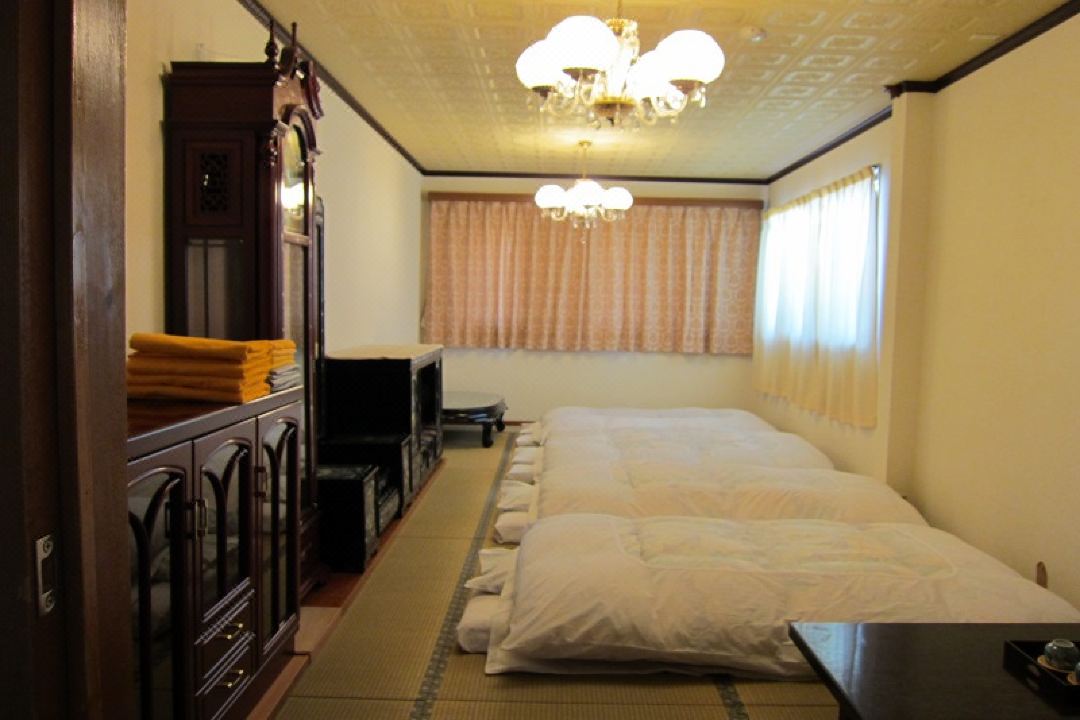

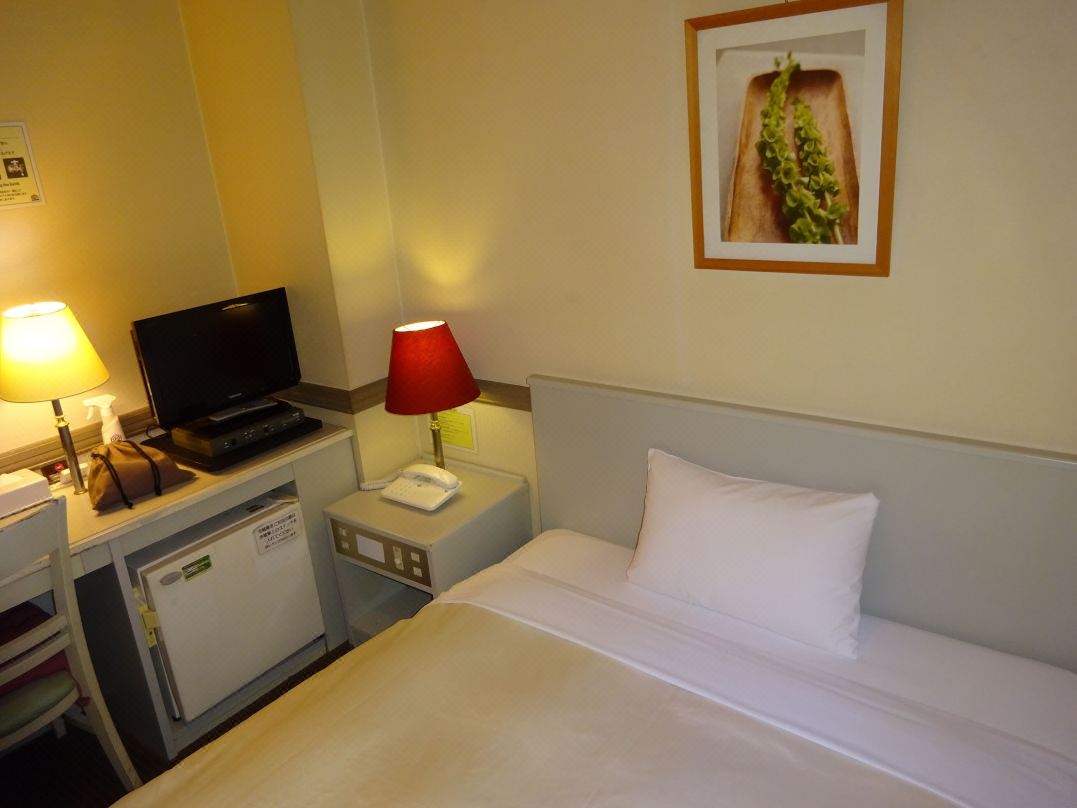
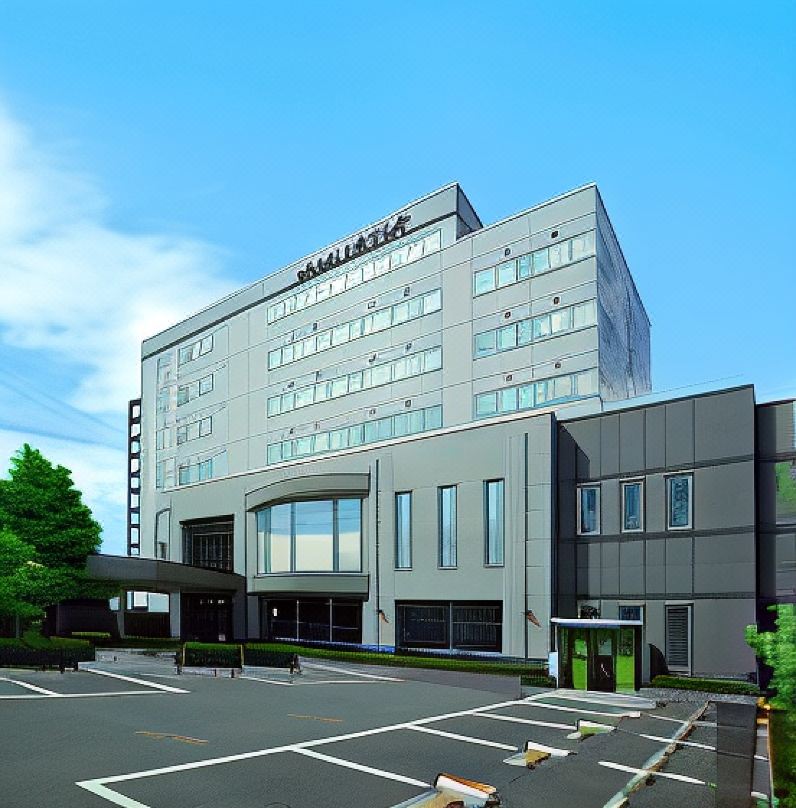



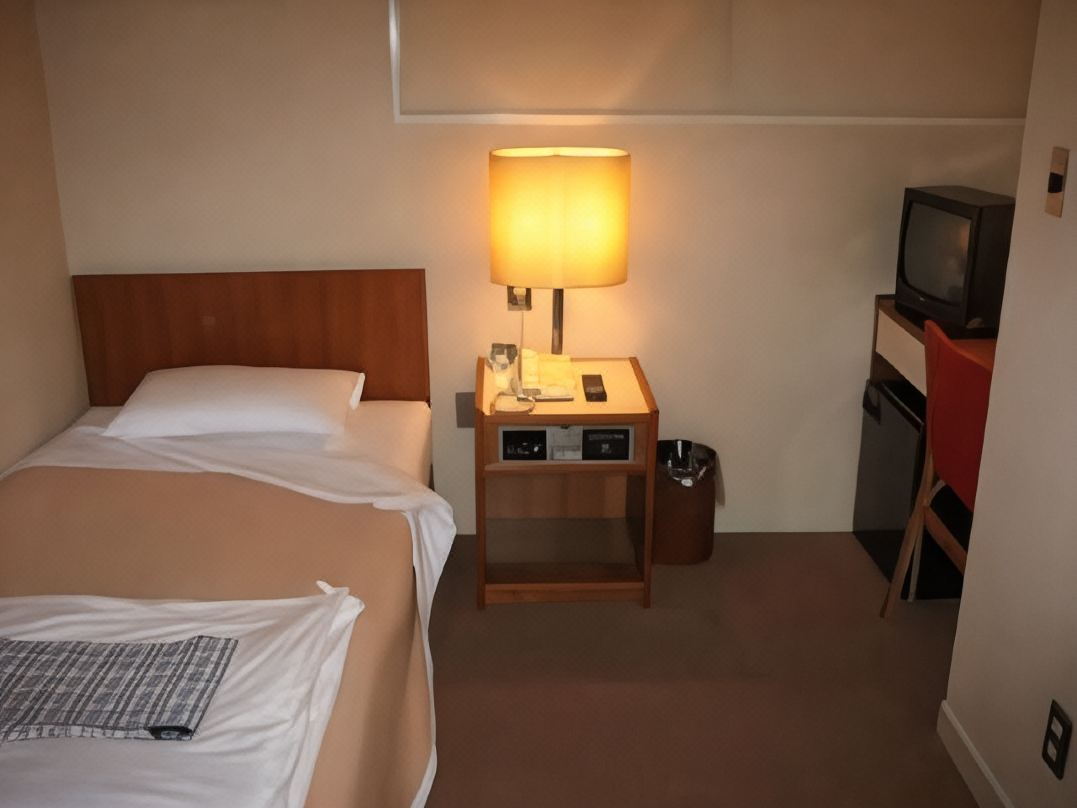
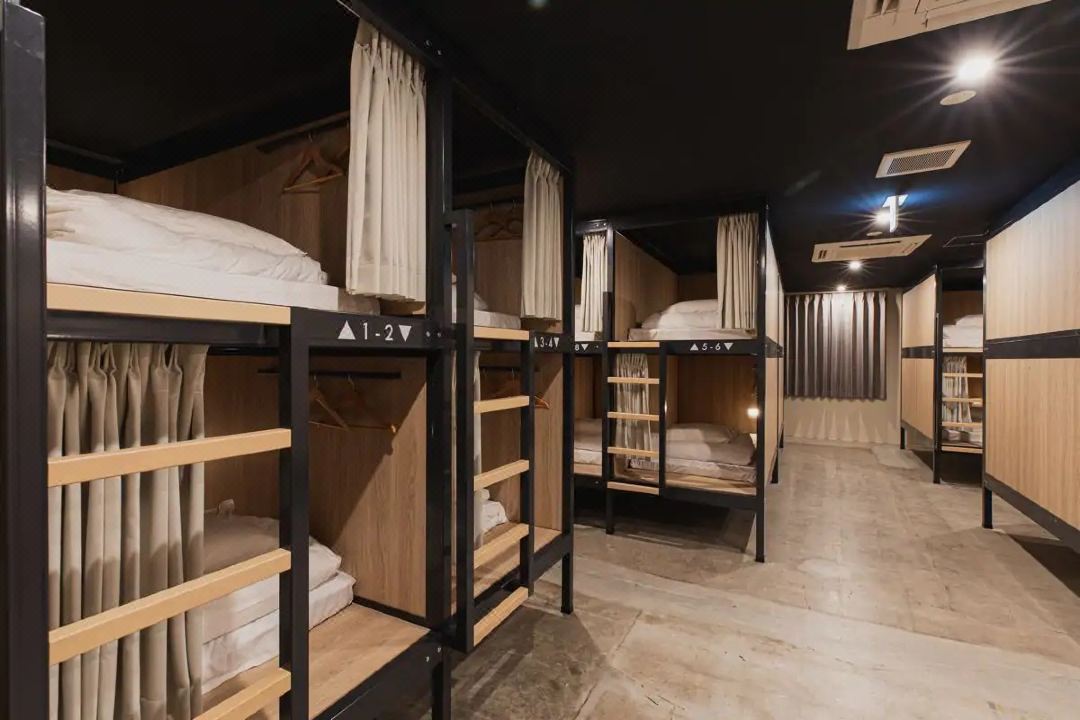

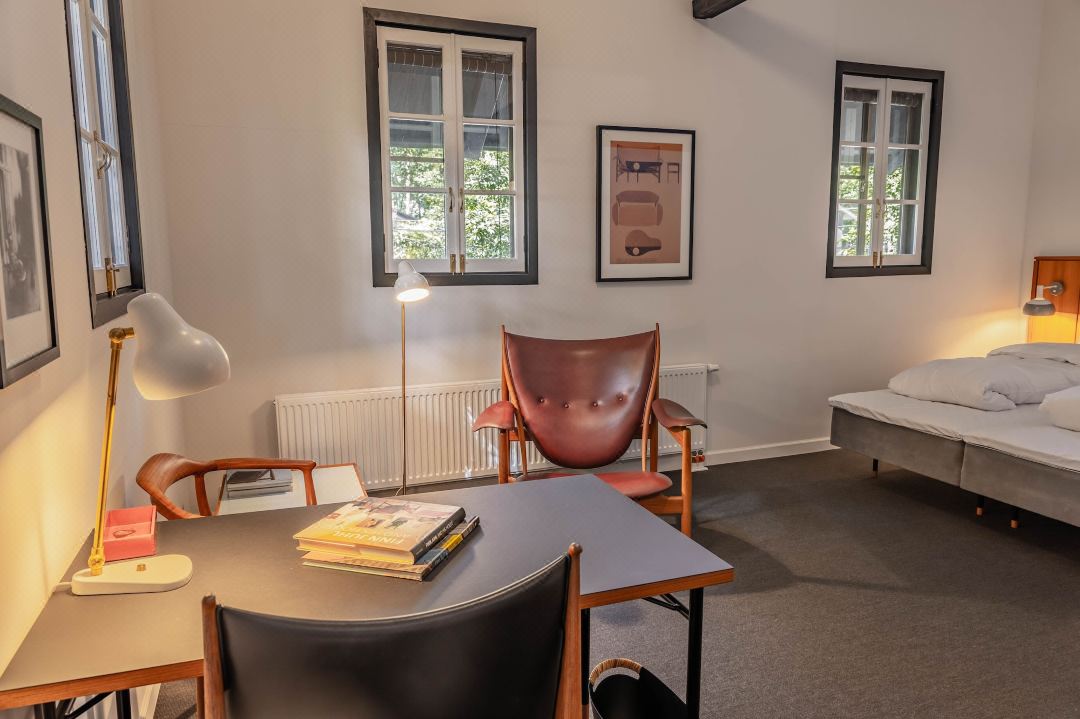

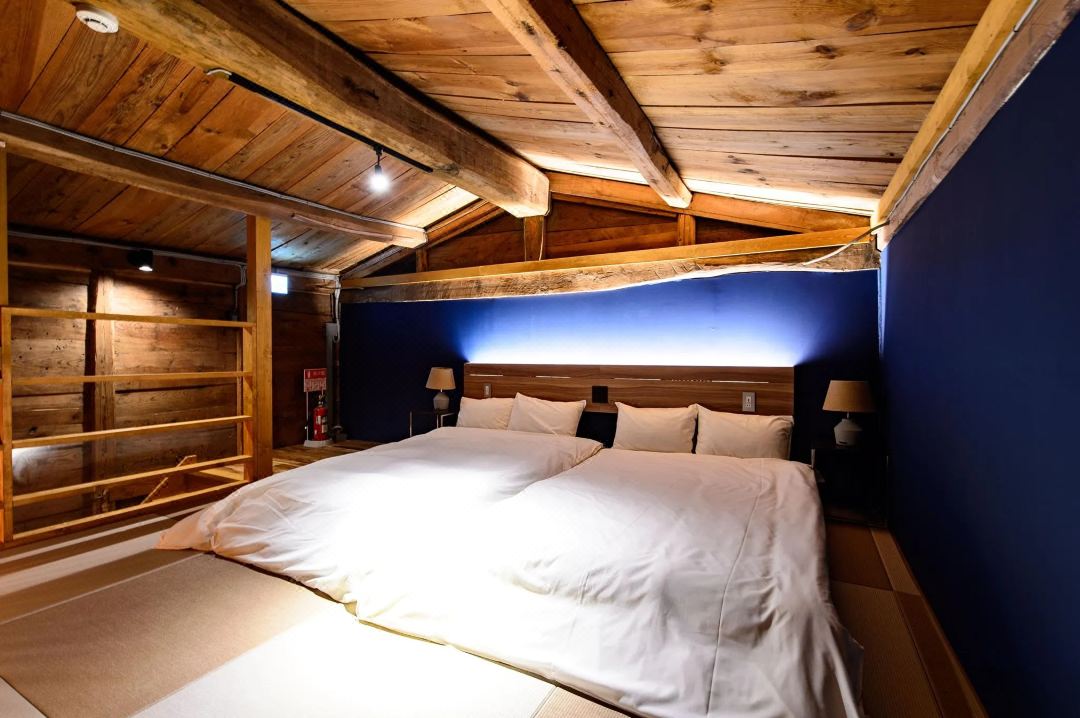



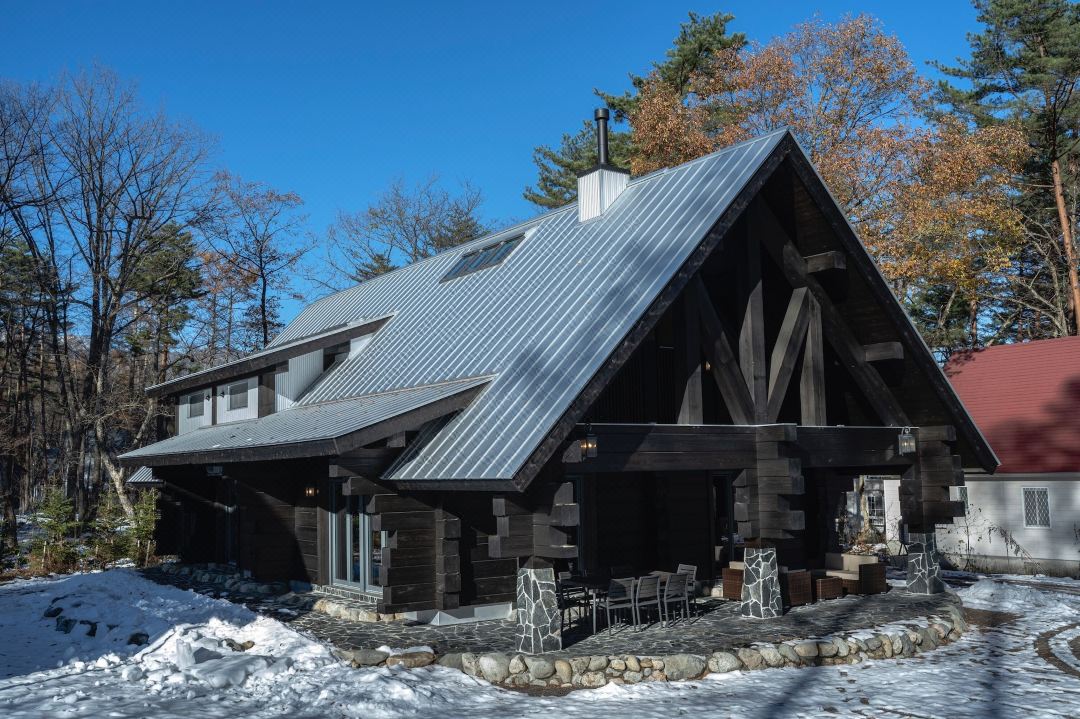



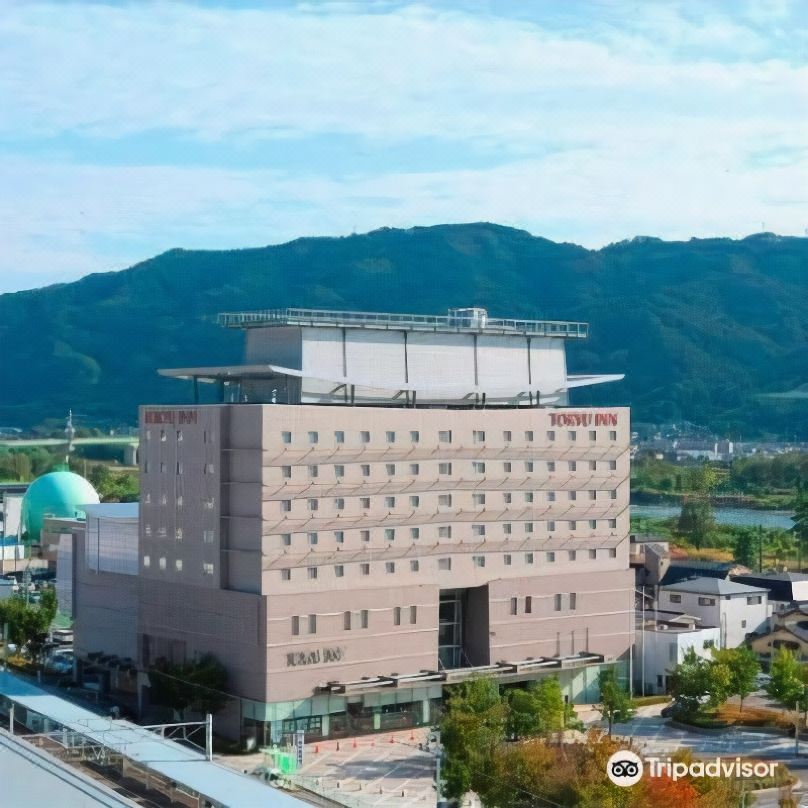
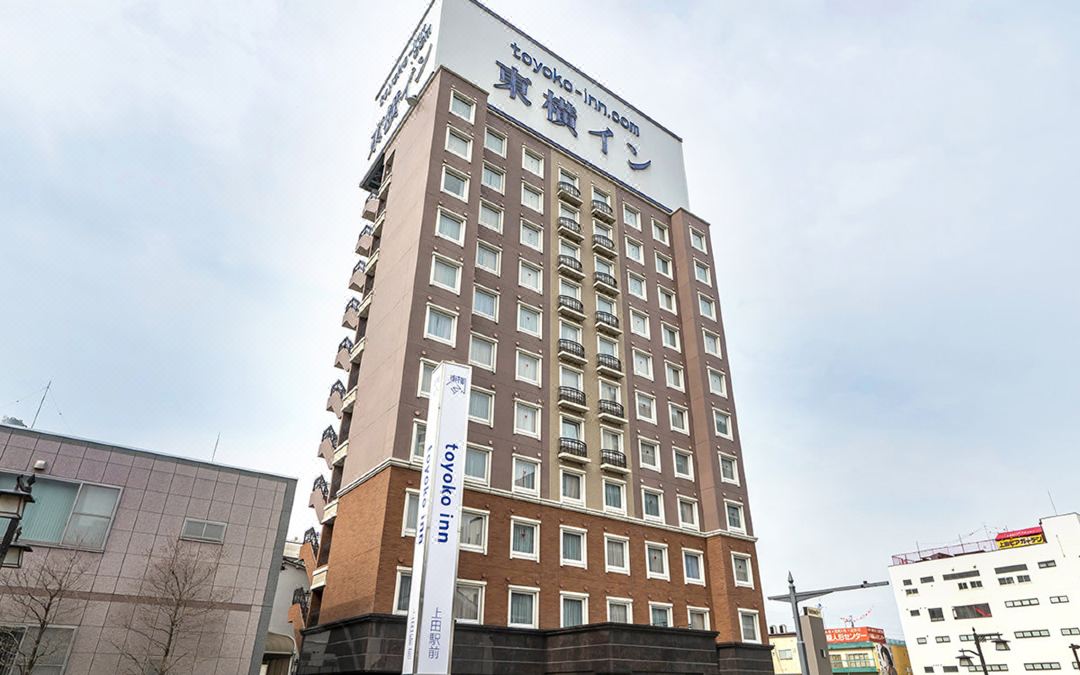
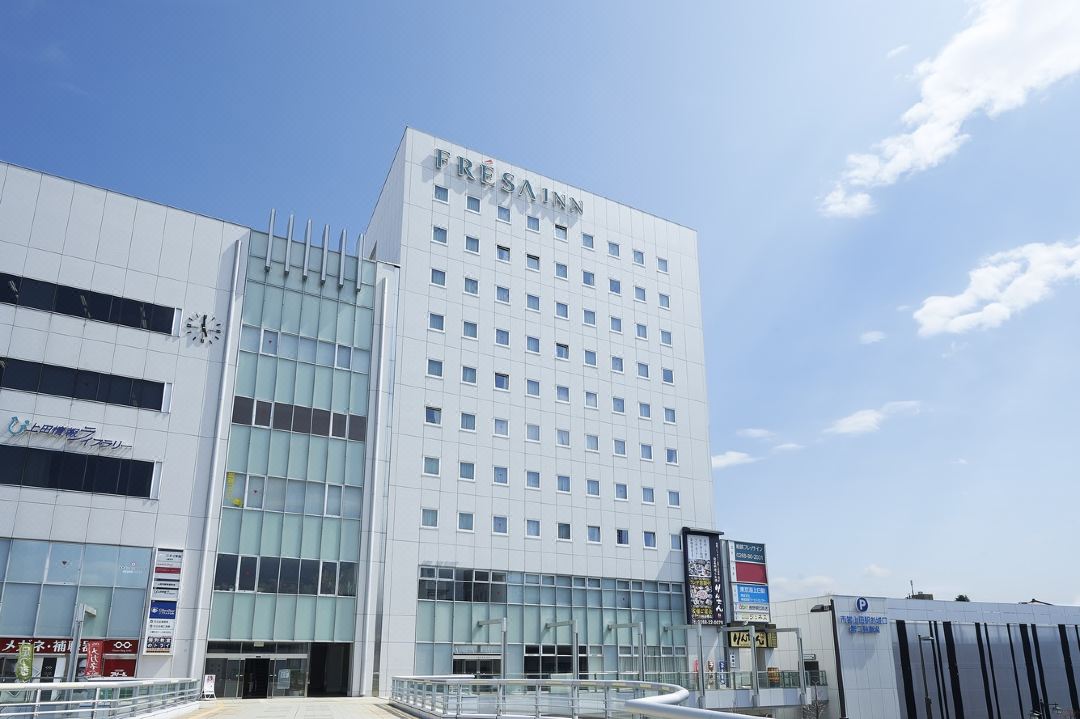


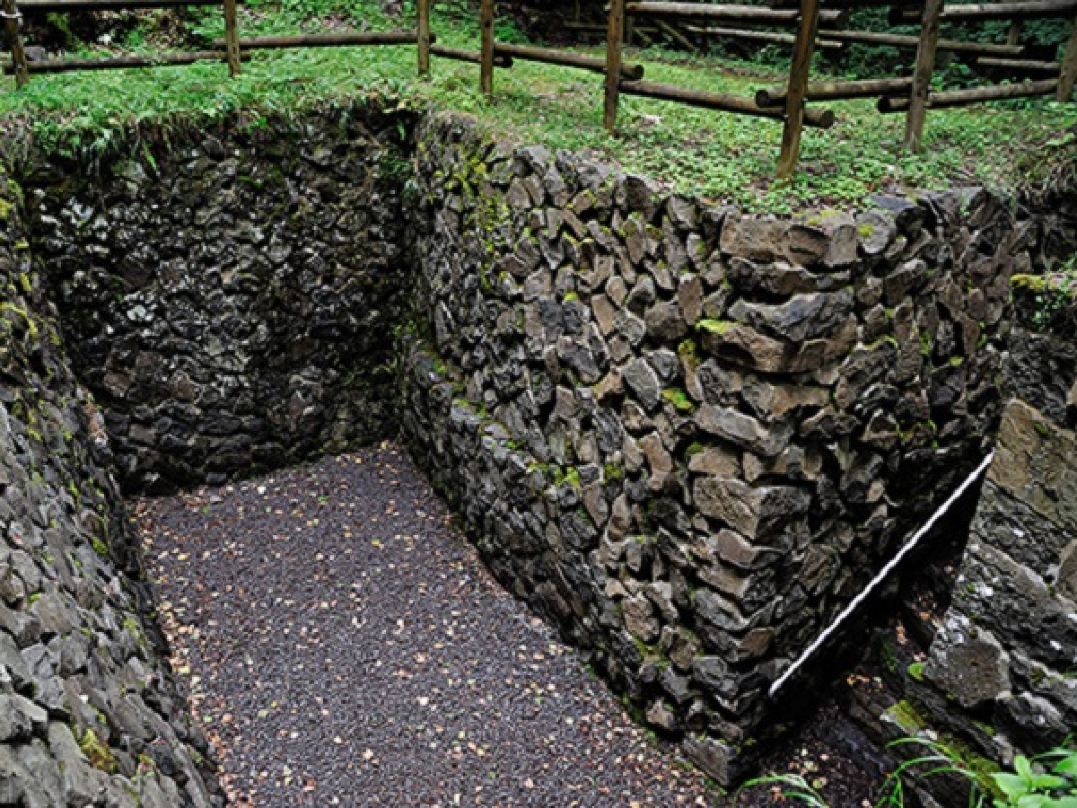
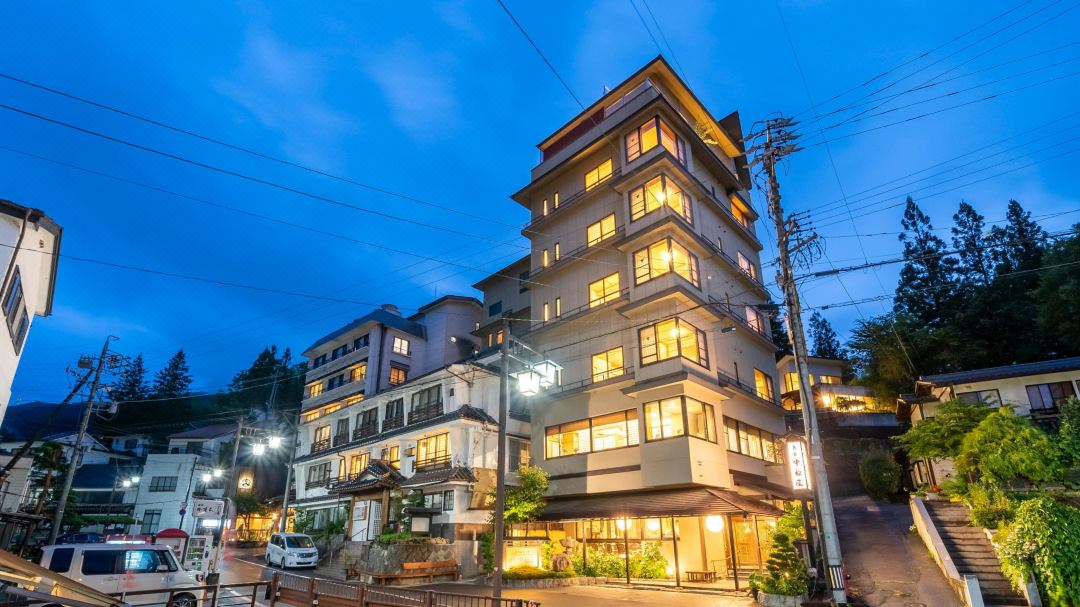




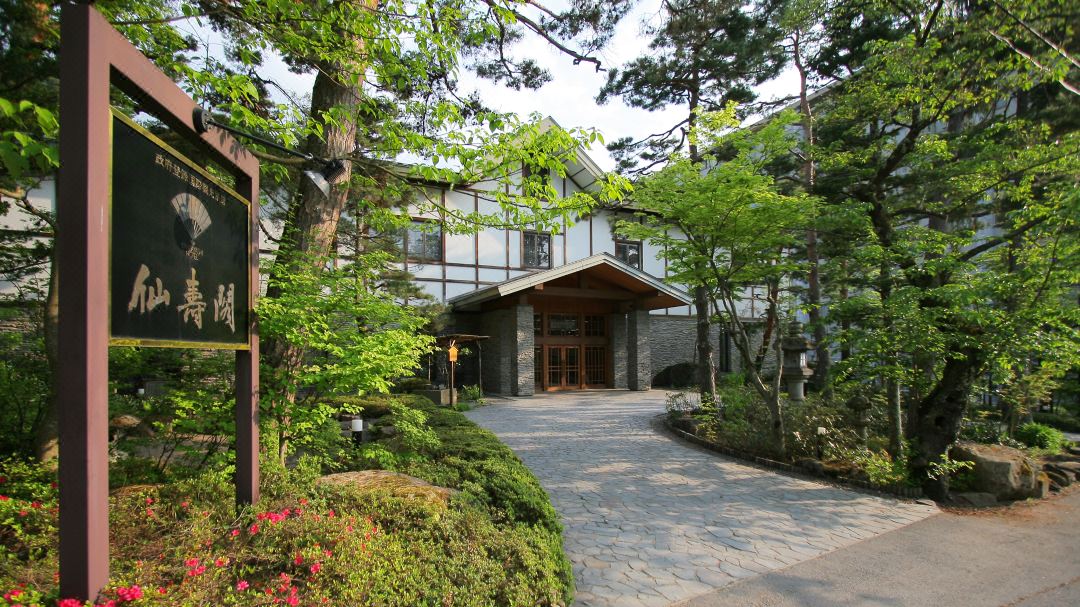
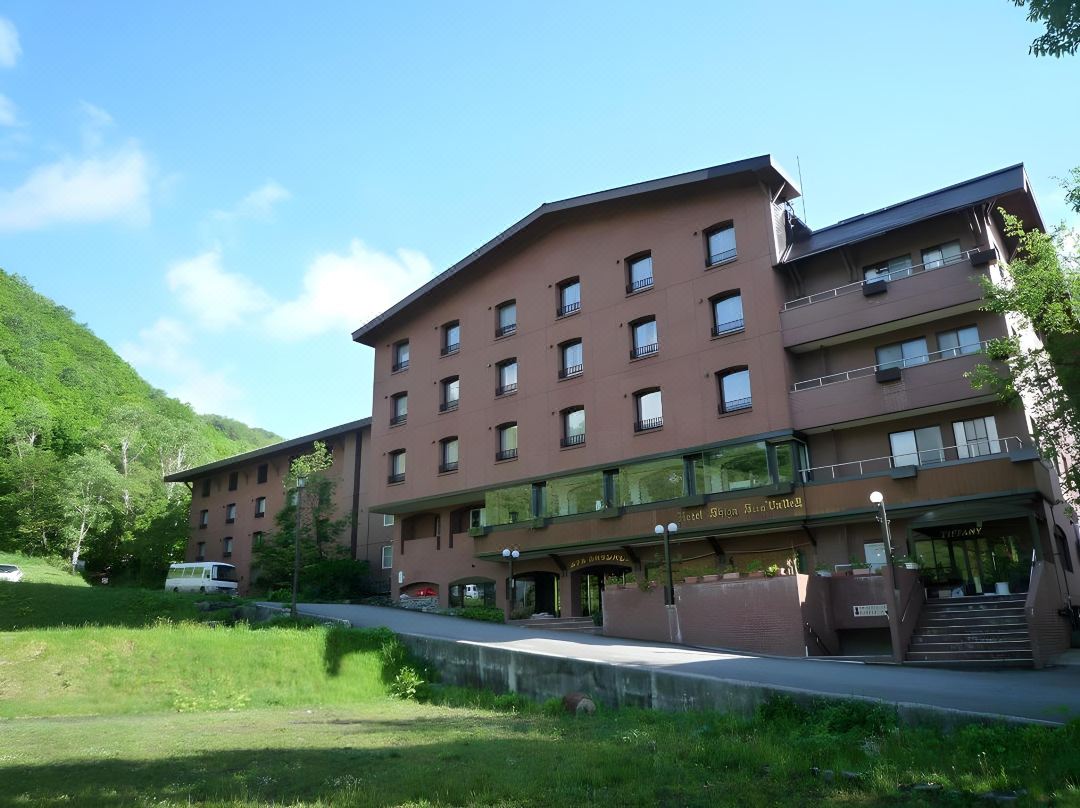








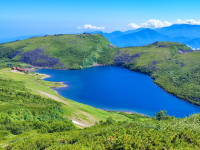




























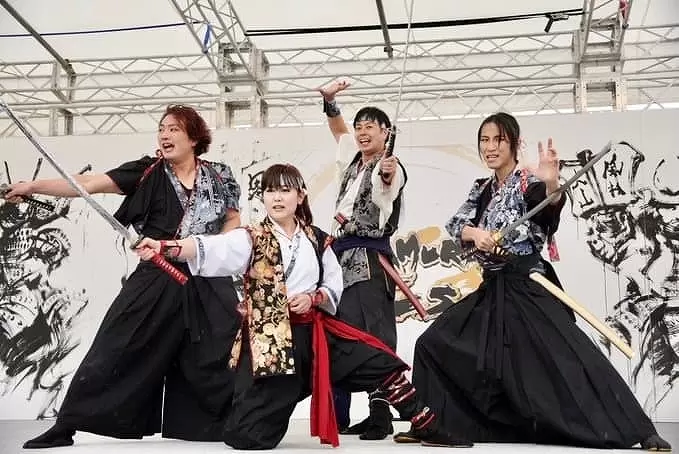









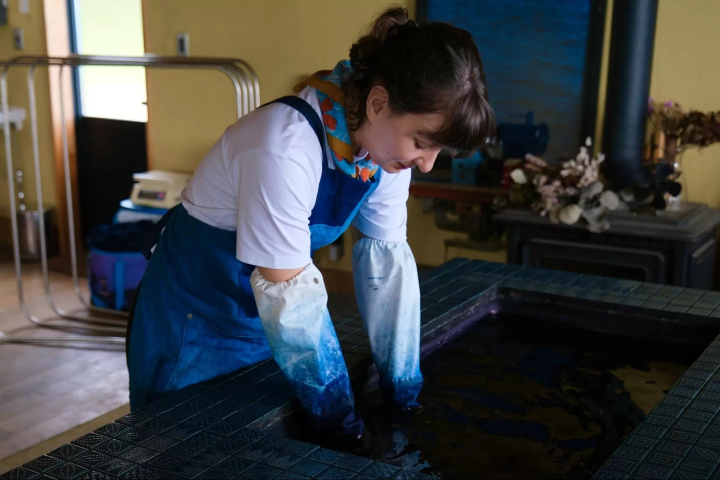


![[2026] Top 5 Strawberry Picking Spots in Tokushima, Naruto| Farms and Access Guide for January to May](https://resources.matcha-jp.com/resize/720x2000/2025/03/06-227165.webp)
